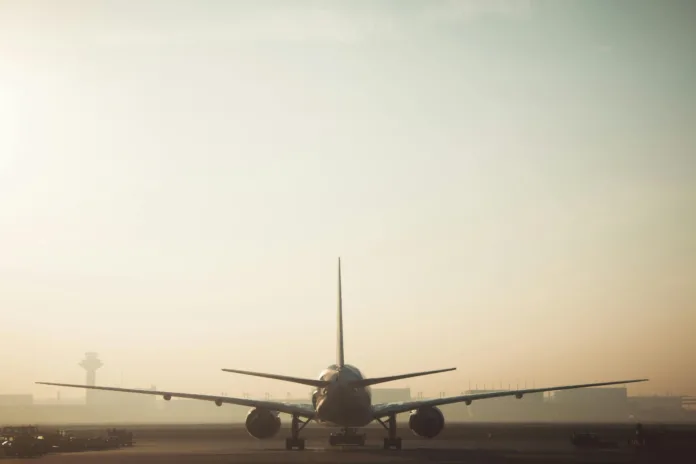Taking off is arguably one of the most critical phases of any flight. It requires a complex interplay of technology, human expertise, and precise environmental conditions to ensure a safe ascent into the skies. Whether you’re a pilot, part of a ground crew, or simply an aviation enthusiast, understanding these dynamics can provide valuable insight into the operational excellence required for successful takeoffs.
This blog post explores five crucial factors that influence the safety and stability of airplane takeoffs. Each factor plays a pivotal role in mitigating risks and ensuring that every departure from the runway is as safe as possible.
1. Look to the Sky: The Imperative of Impeccable Weather Assessments
Weather conditions have a profound impact on takeoff safety. Pilots and ground personnel must assess weather data thoroughly to avoid adverse conditions such as high winds, storms, or visibility constraints. Technologies like weather radar and real-time meteorological reports are essential tools for this analysis. It is crucial to have a well-defined set of criteria for acceptable weather conditions and to delay takeoffs when these are not met. Understanding and respecting the power of nature is fundamental to ensuring the safety of passengers and crew.
2. Runway Readiness: A Non-Negotiable Necessity
The condition of the runway is another critical factor that must be checked before takeoff. Ensure that the runway surface is clear of debris, ice, or water that could affect traction during the takeoff roll. The length and condition of the runway should also be suitable for the specific aircraft type and the expected load. Inspections and maintenance should be routinely conducted to address any irregularities or hazards. Adequate runway preparation and condition assessment help prevent accidents during the critical moments of takeoff.
3. Pre-Flight Protocols: Precision and Perfection Required
Every aircraft must undergo a comprehensive pre-flight inspection to ensure all systems are functioning correctly before takeoff. This includes checking the hydraulic systems, ensuring that all controls are responsive, and verifying that the fuel levels are sufficient for the journey. The aircraft lights, critical for visibility, must be fully operational. Attention to detail during these checks can prevent mechanical failures that could lead to unsafe situations during takeoff. A meticulous pre-flight protocol is indispensable for identifying potential issues before they become critical.
4. Optimal Aircraft Loading: Balancing the Burden
Correct weight distribution and balance are vital for a safe takeoff. Overloading or improper distribution of cargo and passenger weight can severely affect an aircraft’s stability and control. It is essential to adhere to the specified weight limits and to distribute the load according to the aircraft manufacturer’s guidelines. Pilots should always verify the aircraft’s center of gravity and adjust it if necessary before departure. Proper load balancing ensures that the aircraft can achieve the necessary lift and maintain stability during ascent. Additionally, using automated load calculating software can aid in ensuring accuracy and efficiency in weight distribution.
5. Pilot Proficiency: Mastery That Matters
The skill and experience of the pilot play a crucial role in ensuring a safe takeoff. Pilots must be thoroughly trained in takeoff procedures and familiar with the specific type of aircraft they are operating. Continuous training and simulation exercises help pilots stay prepared for any situation they might encounter during takeoff. Furthermore, communication between the pilot, co-pilot, and ground control must be clear and effective to coordinate all aspects of the departure. The proficiency and preparedness of the flight crew are fundamental to managing the complexities of a safe takeoff. Regular assessments and proficiency checks ensure that pilots maintain the high standards required for safe flight operations.
Conclusion
In conclusion, a safe airplane takeoff is a carefully choreographed event that depends on multiple factors working in harmony. From meticulous weather assessments and runway inspections to rigorous pre-flight checks, correct aircraft loading, and pilot proficiency, each element plays a critical role in ensuring the safety of every flight.
